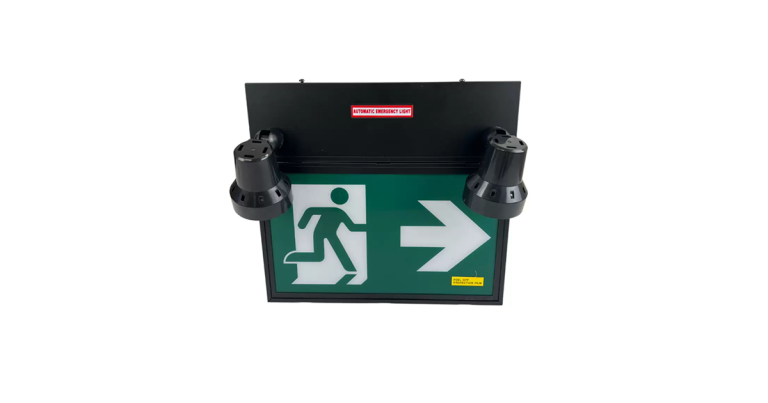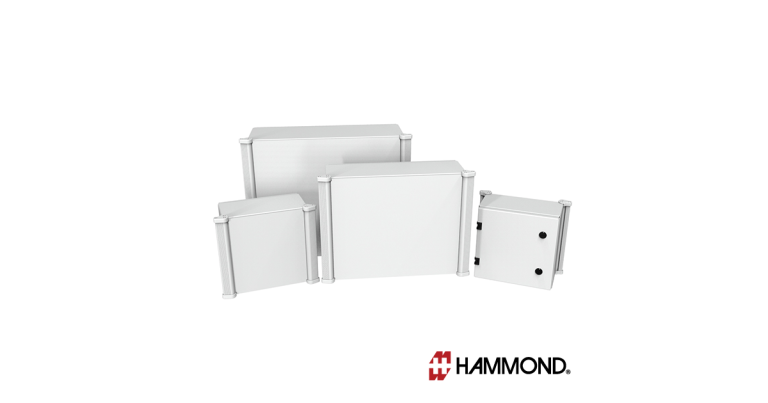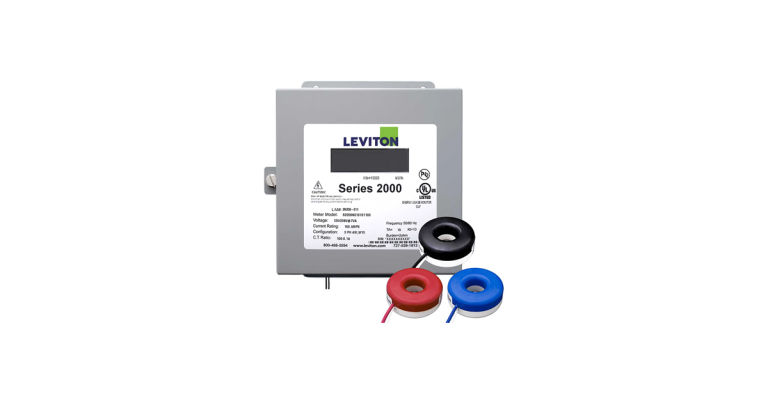Halo Home Flood light from Eaton

September 21, 2018
The HALO Home smart LED floodlight incorporates Bluetooth® Mesh technology into a durable, twin head design for an advanced outdoor lighting solution built for high performance.
Featuring a multitude of configurable settings including grouping, scheduling, dimming and white color tuning, the FTS20C does not require a hub and can be wirelessly controlled directly from any compatible smart device utilizing the Halo Home app, or any Halo Home wireless switch or dimmer.
Key features include
Wireless System
– For use with the HALO Home mobile app.
– Bluetooth low energy (BLE) mesh allows on/off and dimming to be controlled wirelessly with companion wall switches, smart phones and tablets using HALO Home mobile app.
– White tuning, grouping, scheduling and countdown timer controlled through HALO Home mobile app.
Construction
– Durable die-cast aluminum housing with UV stable clear lens
– Powder coated bronze or white finish
– Optically enhanced reflector improves efficiency and delivered lumens
– Tool-less head adjustment
– Wall or eave mounted to recessed or surface junction boxes
Electrical
– For use with 120-277V, 50/60Hz\power source
– Maintenance-free LED’s with 70,000 hours of life
– Operating temperature of -30°C to 40°C
– cULus listed for wet locations
– External supply wiring 75°C minimum
Optics
– Two-stage optics for maximum coverage
– Wirelessly controlled white tuning from 3000K to 5000K CCT (factory default 4000K)
– Wirelessly controlled dimming to 5%
Warranty
Five-year limited warranty
For more information http://www.eaton.com/flash/electrical/connectedlighting/products/halo-home/smart-led-floodlight/

















